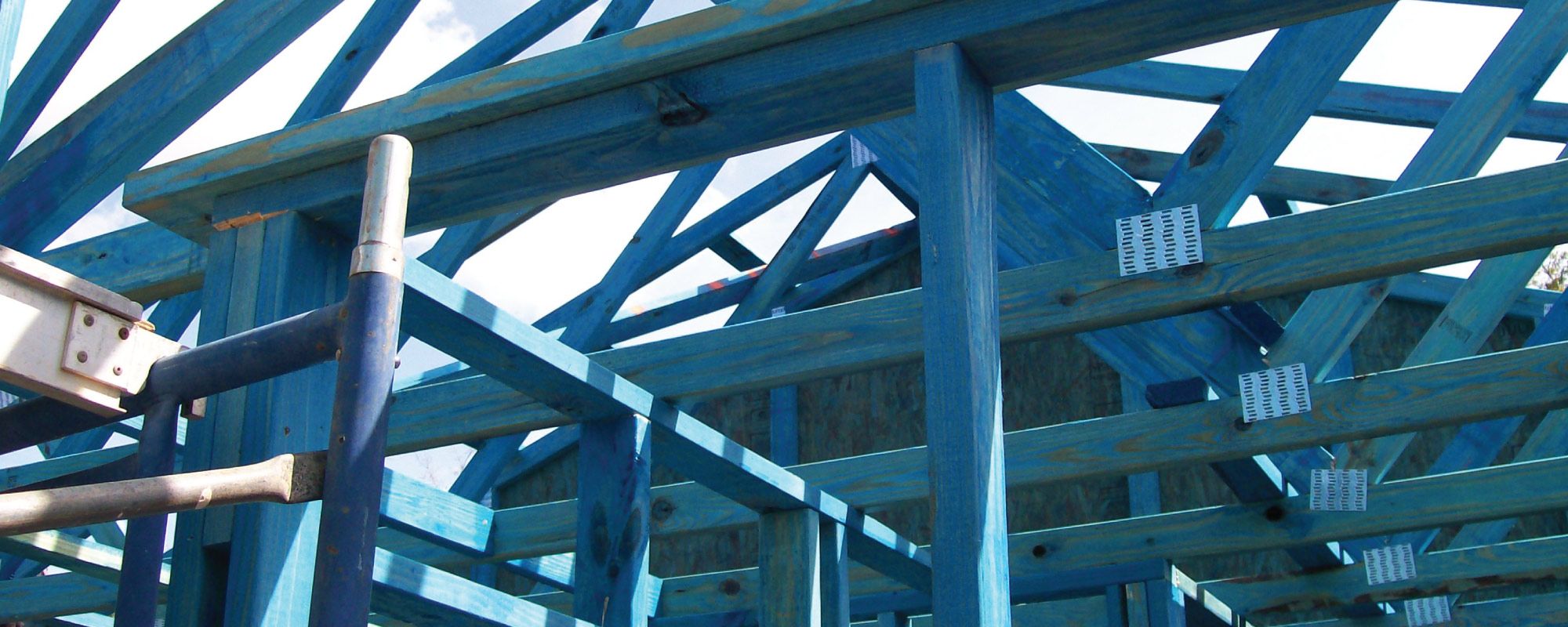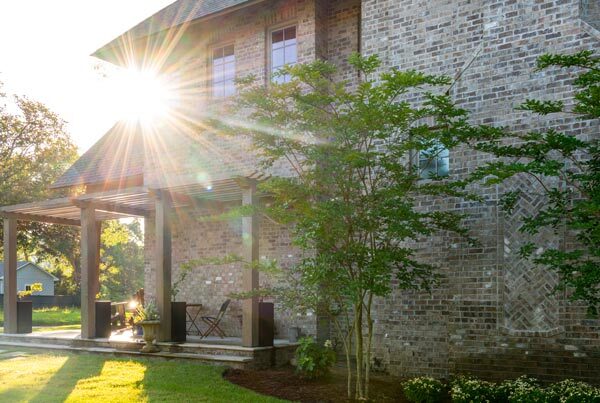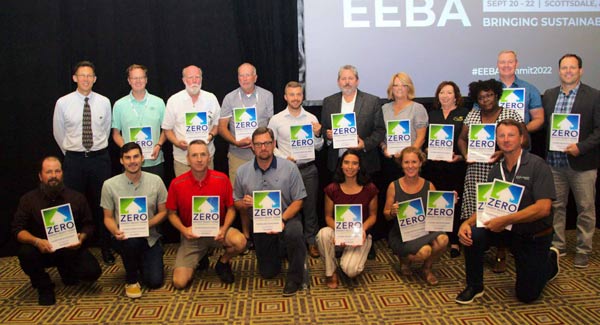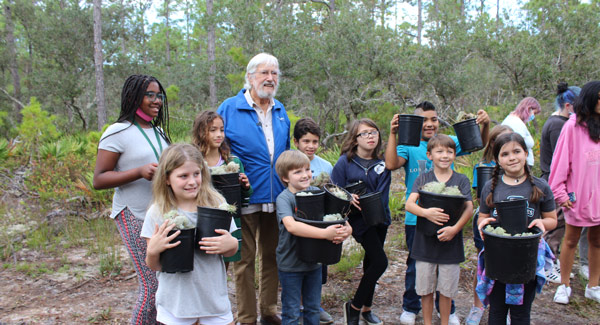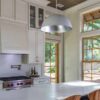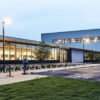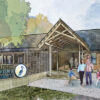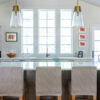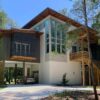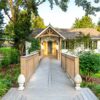Designing and building green structures that are environmentally-friendly and energy efficient are often more affordable than most people think when working with, not against, natural systems.
Read more about green building design in south Alabama in the following Mobile Press Register article.
Green Building Design Grows on South Alabama
As spring segues into summer and rising temperatures lead to higher utility bills, thoughts of building an energy efficient home or remodeling an existing structure to make it more environmentally-friendly may start sounding very attractive. Fortunately, while south Alabama may not be the first area that comes to mind when the term “green building” is mentioned, there are a growing number of area firms working to design and build energy-efficient structures, according to Rebecca Dunn Bryant, a managing partner with Watershed, a green engineering and architectural and consulting firm in Fairhope.
“I’m very encouraged by the increasing amount of green building taking place in this area,” said Bryant, a Birmingham native who studied sustainable design in Colorado and worked in San Francisco and Houston before returning to work with builders in her home state in 2005. “When I first moved here after Hurricane Katrina, there wasn’t much green building going on, but I have seen it start to grow and stay strong, even during the worst of the recession.” During the past four years, she pointed out, the number of green buildings throughout the state has quadrupled. To date, most of the green building projects in coastal Alabama have been commercial, with WhiteSpunner Construction of Mobile’s corporate headquarters achieving LEED (Leadership in Energy and Environmental Design) certification from the U.S. Green Building Council in 2009. Other entities which have since qualified for LEED certification include the the Shelby Center for Ecosystems Based Fisheries Research on Dauphin Island, Borom Center for Science and Allied Health at the Faulkner State Community College campus in Fairhope, the Springhill College Campus Center, the Baldwin County Association of Realtors building in Robertsdale and Kohl’s Department Store in Spanish Fort.
“When people began to see these practical applications, including a green home built in Foley by Habitat for Humanity, I think they began to view energy efficient building concepts as more realistic and relevant,” Bryant said. “I also think the values that underpin green building – such as waste-not, want-not thriftiness and stewardship of the land – tend to also be very southern values.”
One of the most important things to understand about going green, she added, is that it does not necessarily mean spending more money. “In the past, I think there was a tendency to think that green buildings were almost a luxury,” she said. “A lot of people thought that only those people who were able to pay more could afford a home built of non-toxic materials or designed to achieve energy efficiency.”
The reality, said Bryant, is that it doesn’t have to cost a lot to build green structures. In fact, she said, about two thirds of the certified green homes in Alabama are considered to be affordable homes based on a cost to median income ratio.
Additionally, there are a lot of ways to respect and protect the environment when building a home, according to Bryant. From a design perspective, the positioning of the house and orientation of windows can make a big difference. In terms of materials, durability is an important factor because it reduces the waste from throwing out old materials and the energy used to create new materials (it also saves money). Among the trends emerging in the sustainable building movement, said Bryant, is a push to renovate existing homes, commercial buildings and industrial structures. By 2020, almost half of all green building will involve upgrading or remodeling existing structures.
“There is a big interest in rebuilding urban America,” she said. “It allows more use of existing infrastructure and allows people to walk or use public transportation while at the same time reducing pressure to cut down trees or build on farmland.” Another trend is “Living Buildings,” or structures that filter their own water and have a net zero energy use, among other criteria.
Bryant’s own experience provides an example of the ever-higher results sought from efforts to “go green” with residential building. About seven years ago, she designed her house in Fairhope to reduce energy use by 40 percent. This year, she finished designing a house that reduced its energy use by more than 50 percent. Now, she is designing a house in which the owners are trying to reduce energy use by 70 to 90 percent. “This progression is a trend I’m seeing reflected everywhere as part of the growth of green building,” Bryant said.
By Marcia Bradford
Reprinted from The Mobile Press-Register, Sunday, May 12, 2013
For more information on Green Building:
• Watershed, www.watershed.pro
• U.S. Green Building Council of
Alabama, www.usgbc.org/usgbc-alabama
• Living Building Challenge, www.living-future.org/lbc/
• Energy Star, www.energystar.gov
• Re-Green, www.regreenprogram.org
• Sustainable Site Initiative, www.sustainablesites.org
• National Wildlife Federation, www.nwf.org
• South Alabama Land Trust’s Natural Habitat Certification, www.southalabamalandtrust.org/native-habitat-program/

